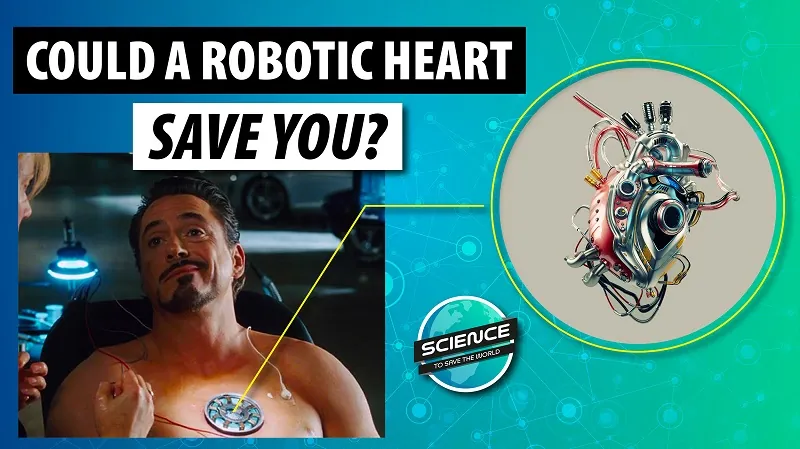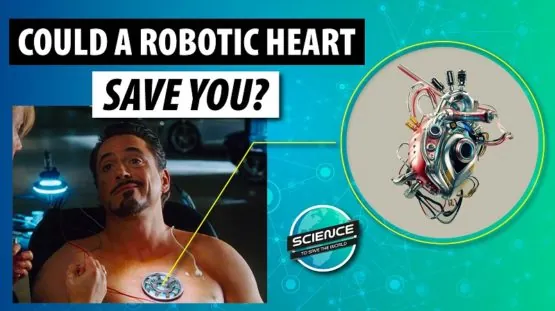For this episode of Lifespan.io’s general science show, Science to Save the World, we focus on a new robotic heart that uses hydraulic fluid to simulate the pumping of a living heart.
Script
Every day, 17 people die while waiting for an organ transplant. Could a new robotic heart reduce that number?
In the United States, someone is added to the organ transplant waiting list every ten minutes. In May, 2021, over 100,000 people were waiting for new organs. Many more people in need of “replacement parts” never even make it onto the waiting list.
Ironically, the supply of donated organs will shrink as technologies such as autonomous vehicles make the world safer. As bleak as it sounds, vehicle accidents, especially motorcycle accidents, are an especially productive source of organ donations. That is why recent news of the first successful human implantation of an artificial heart in a US patient is so exciting.
In 2020, French medical company Carmat received FDA clearance to test its artificial heart in US patients with end-stage biventricular heart failure, a disease in which the heart’s chambers cease to function correctly. Just half a year later, the first patient in the United States received one of the company’s hearts.
The implantation was performed on a 39-year-old male at Duke University Hospital in North Carolina. The patient presented at the hospital with sudden heart failure, and was diagnosed with severe coronary artery disease, a condition which occurs when plaque builds up in the arteries that transport oxygen-rich blood to the heart.
The patient had undergone bypass surgery, which implants a healthy blood vessel from another part of the body to redirect blood around a blocked artery. But his condition rapidly worsened. Doctors concluded that bypass surgery had failed. A conventional heart transplant had become too dangerous by that point.
But the patient was in the right place! Duke is one of only three facilities in the United States taking part in trials of the Carmat artificial heart, and the hospital’s surgical team had already trained in implanting the device.
The synthetic heart implant saved his life. In the artificial heart, a membrane separates the chambers for hydraulic fluid and blood. The blood-facing side of the membrane, and the heart’s four valves, are built out of tissue from a cow’s heart. A motorized pump pushes hydraulic fluid into and out of the chambers, moving the membrane and forcing blood to flow through. Embedded sensors adjust blood flow to a person’s requirements at any given time. For example, if a person exercises, blood flow increases. This feature has earned the Carmat heart the coveted title of “next-generation”.
Earlier, a company called SynCardia had used a fixed-rate device, meaning the beats per minute remained constant regardless of patient activity. At approximately 900 grams (slightly less the 2 pounds), the newer Carmat device weighs about three times more than a human heart. The external system is a little bulkier. Recipients must carry around nine pounds of equipment, which includes a controller, a bag of actuator fluid, and two battery packs. That’s about the weight of a computer bag.
Since the Carmat heart is still under study, the Duke patient’s heart will remain remotely connected to the hospital’s system so that his physicians can monitor it to ensure it is working properly. Going forward, researchers will study the artificial heart to determine its suitability as a temporary remedy while patients wait for a biological heart transplant, and also as a long-term solution for complete replacement.
After all, many of the patients in the trial don’t have a treatment option. Scientists expect that the Carmat implant could provide a bridge for patients awaiting a biological transplant. But it might also be used as a destination treatment. Are fully-implanted artificial hearts the future of cardiac care?
Sound off in the comments: what do you think of this idea?


